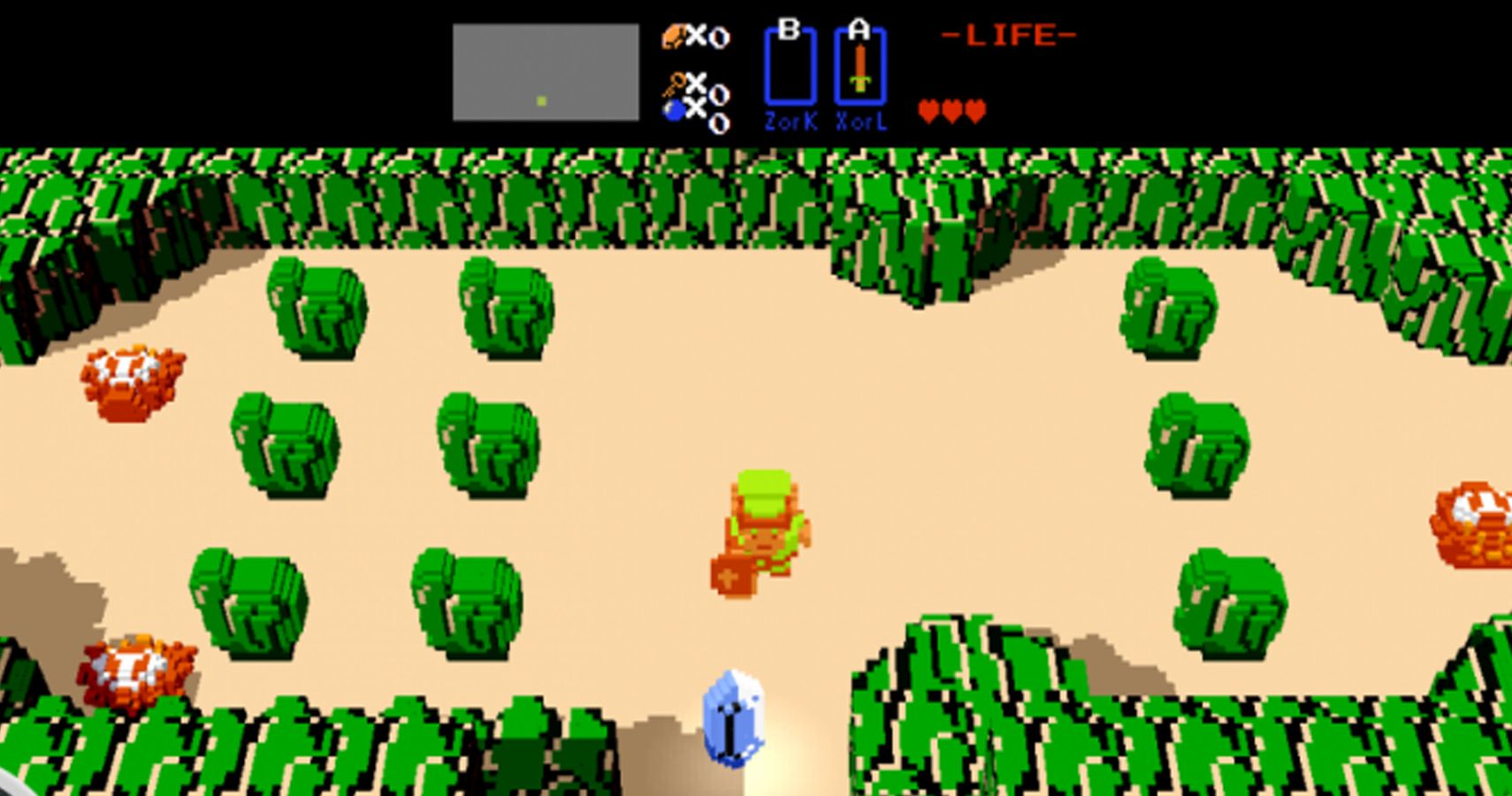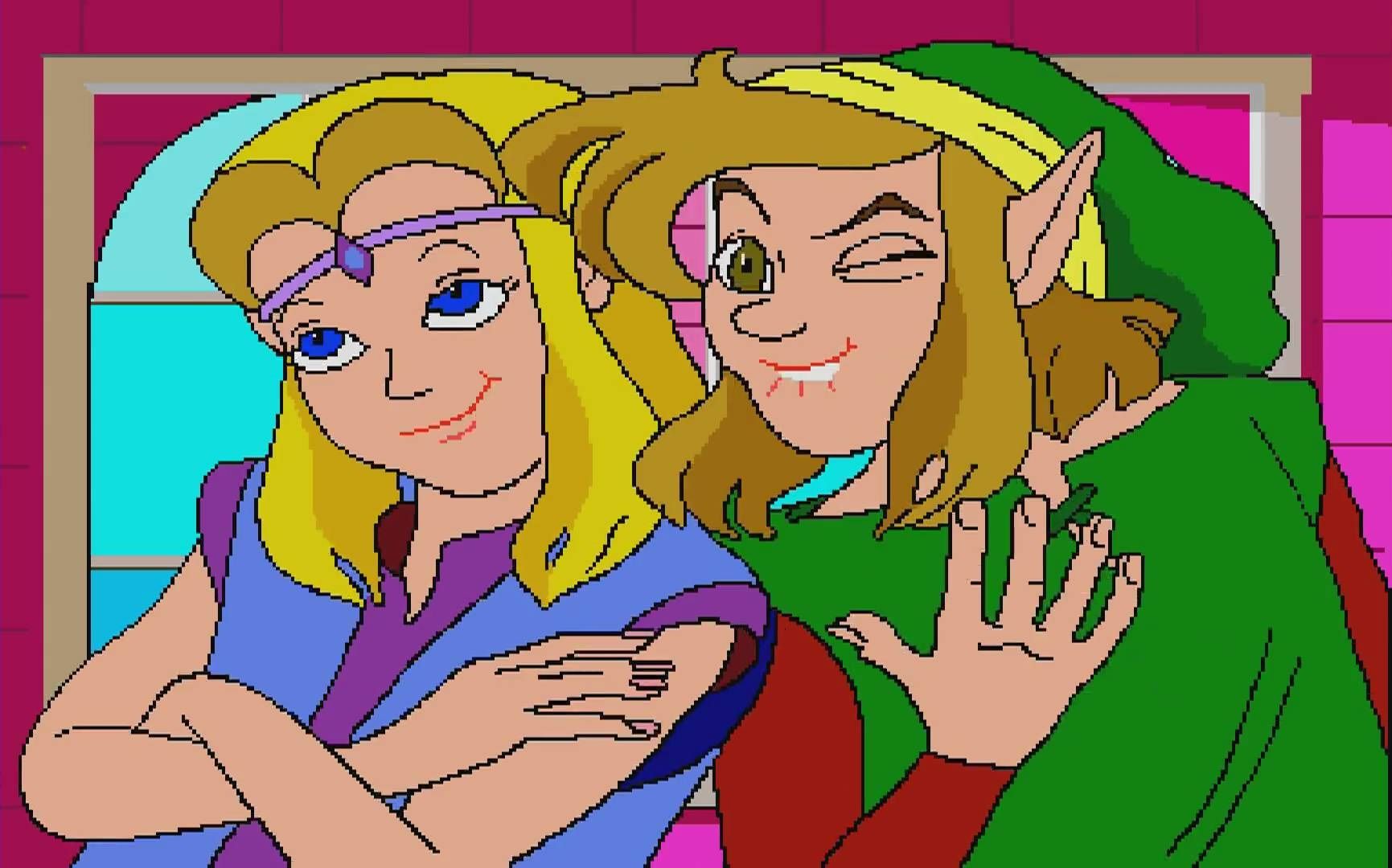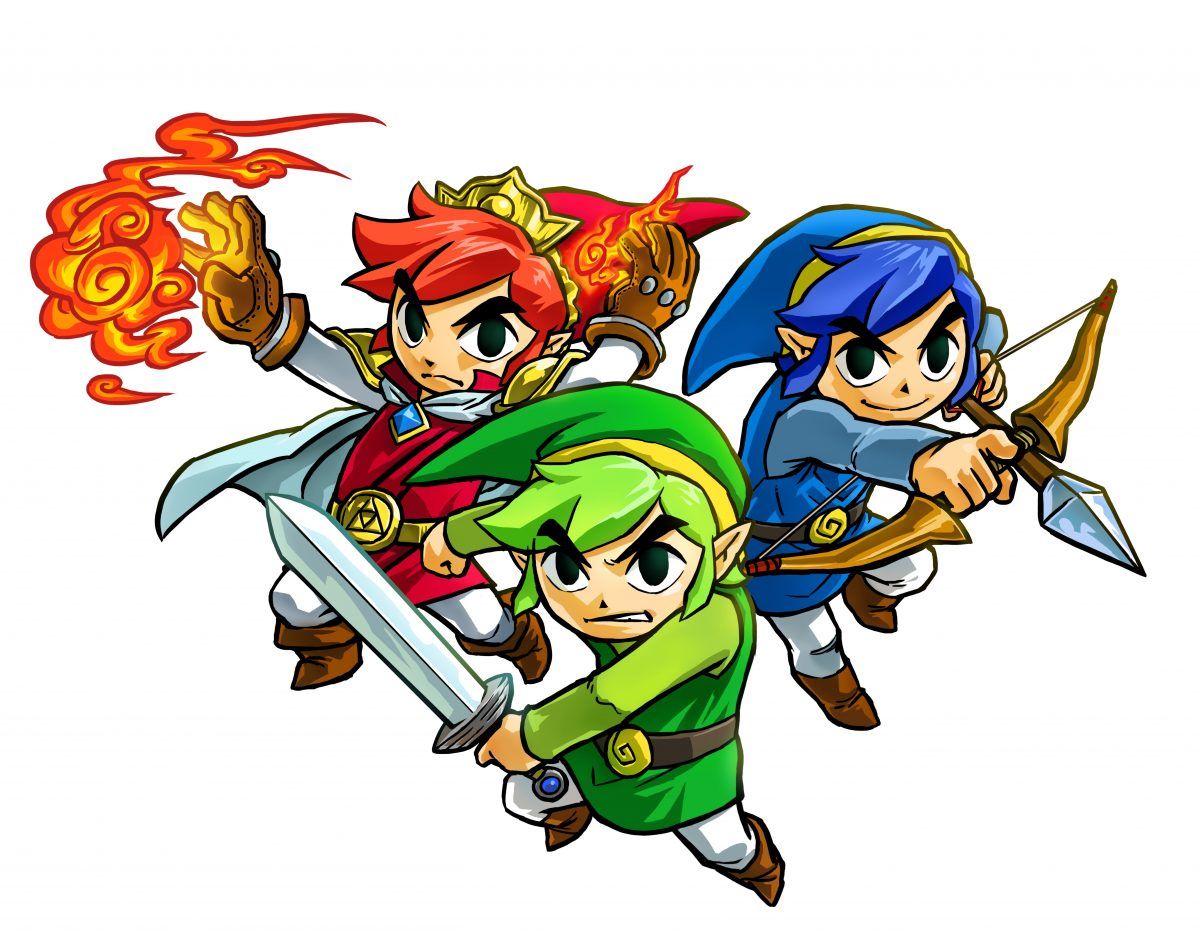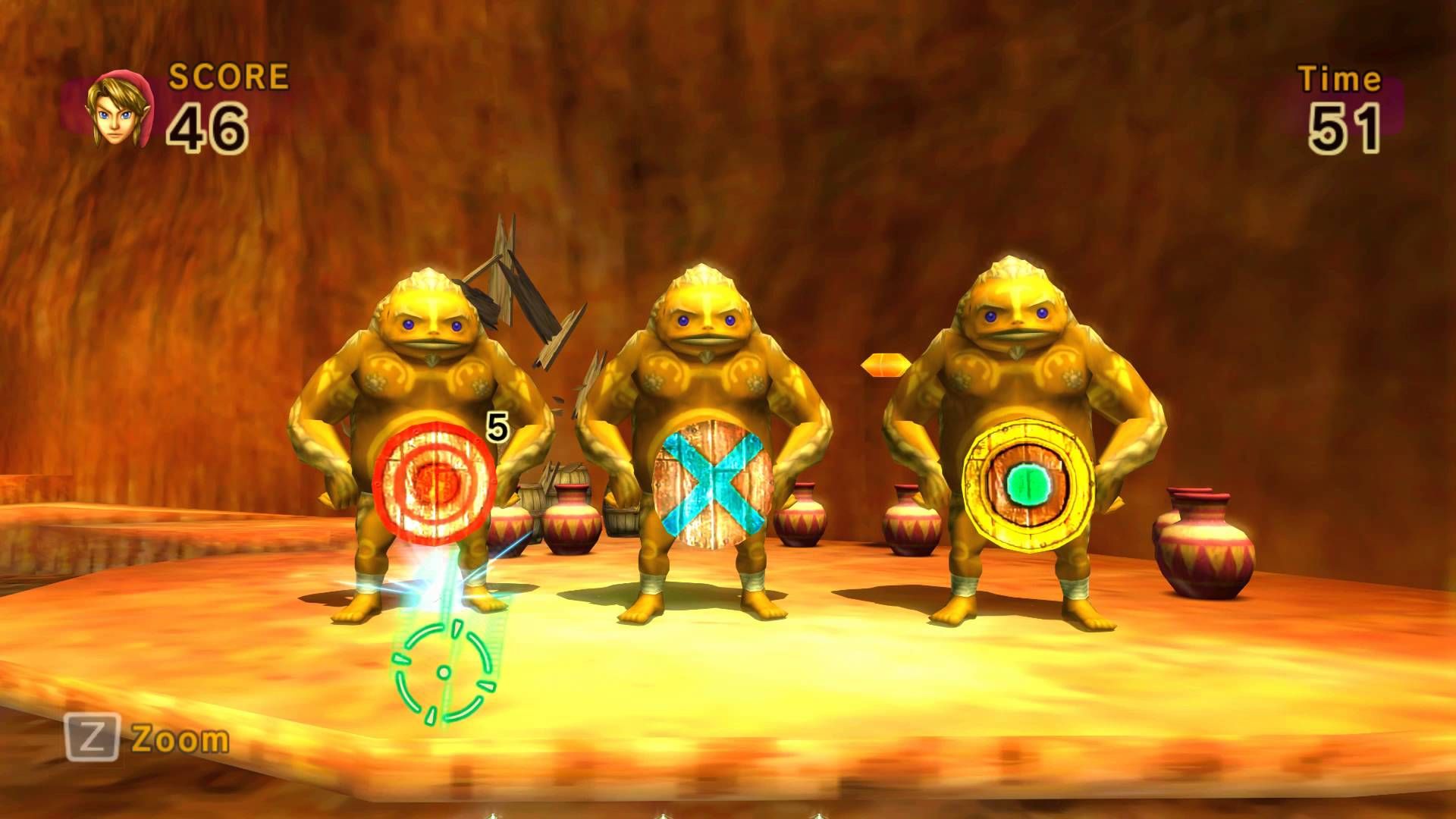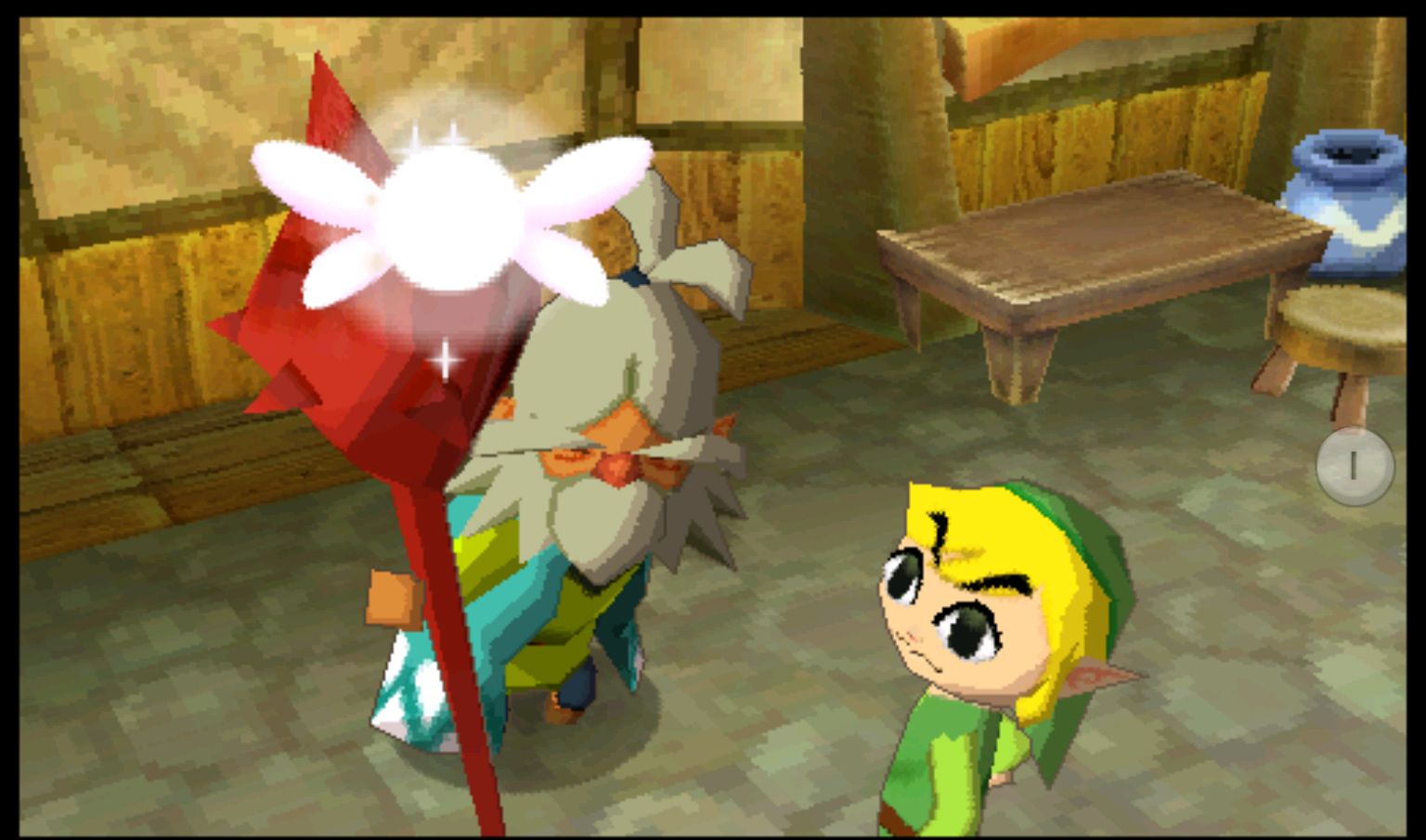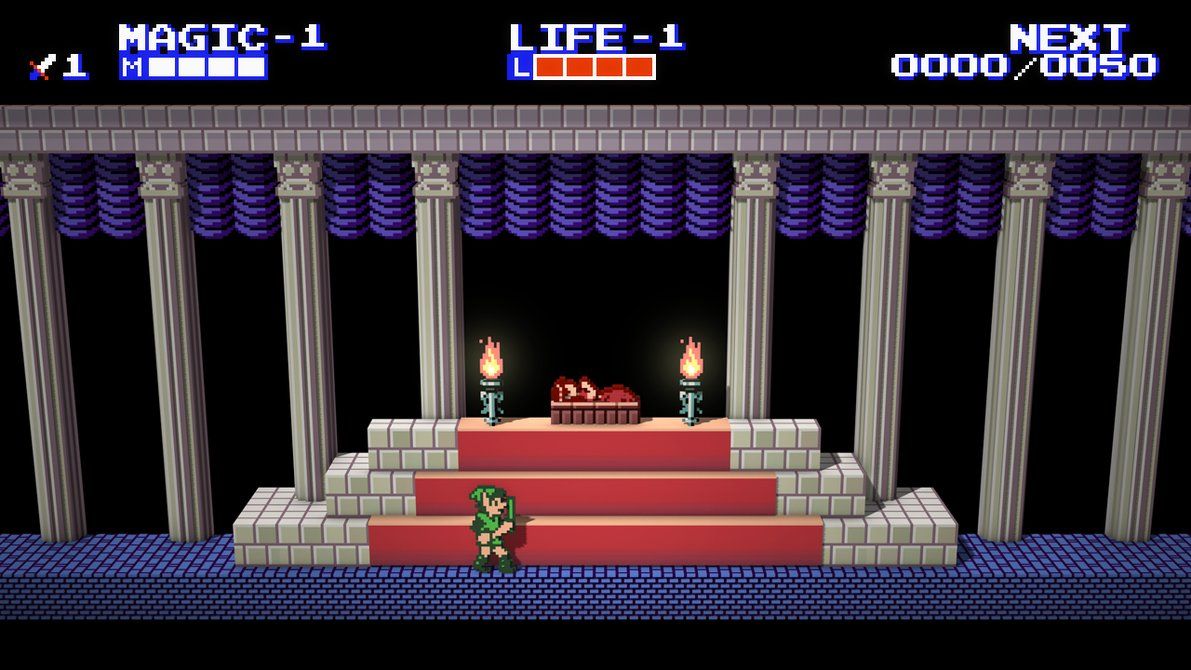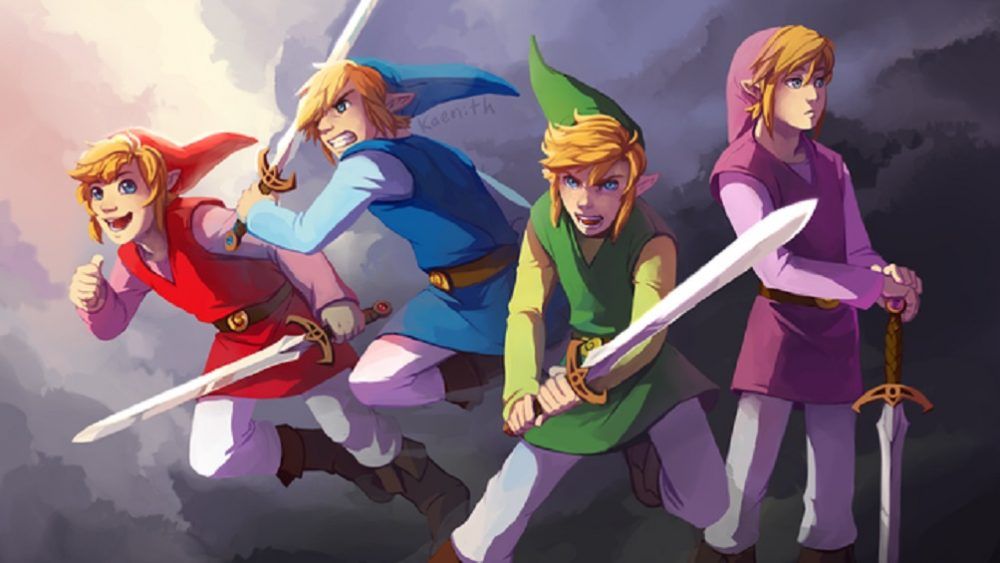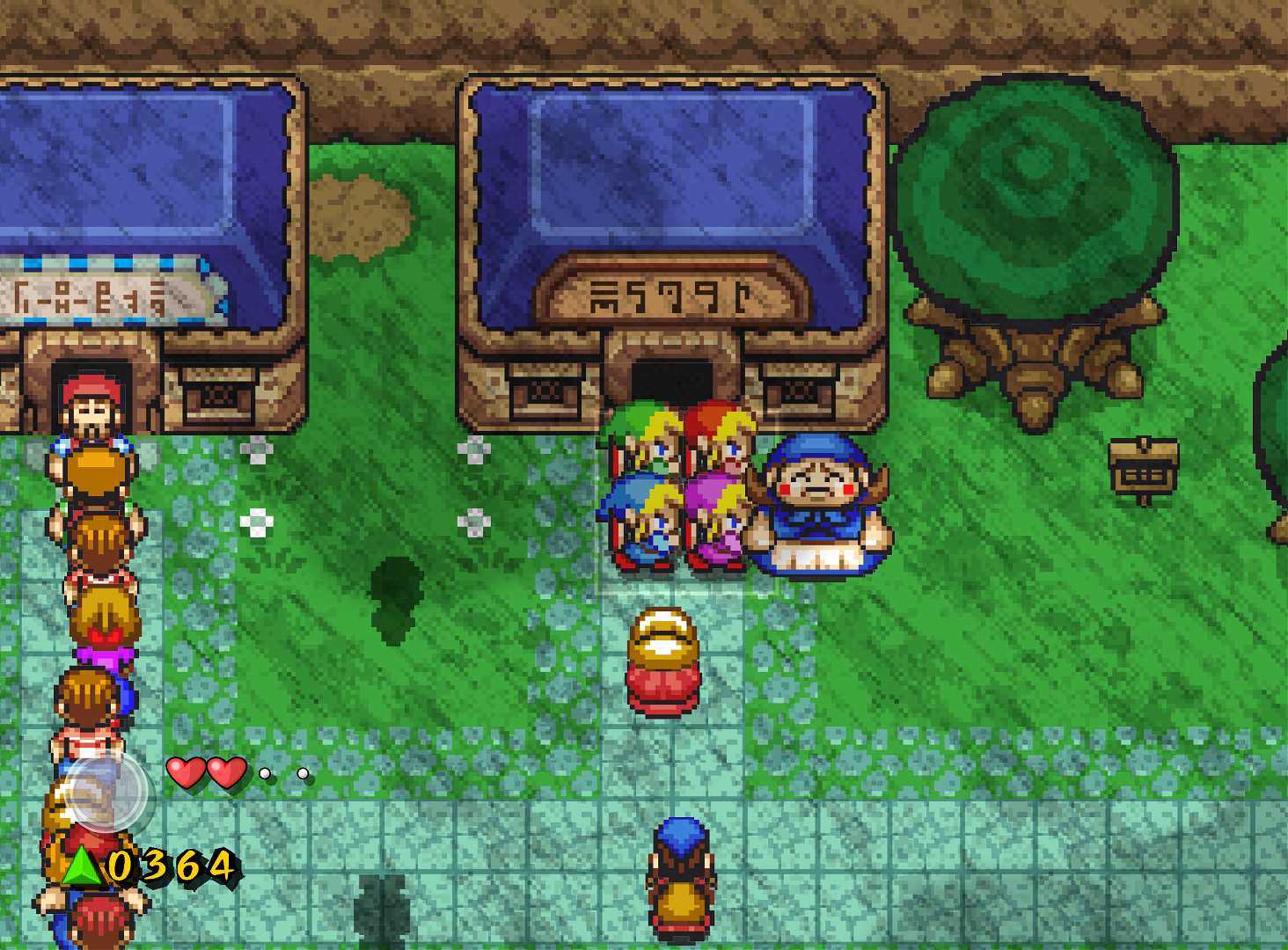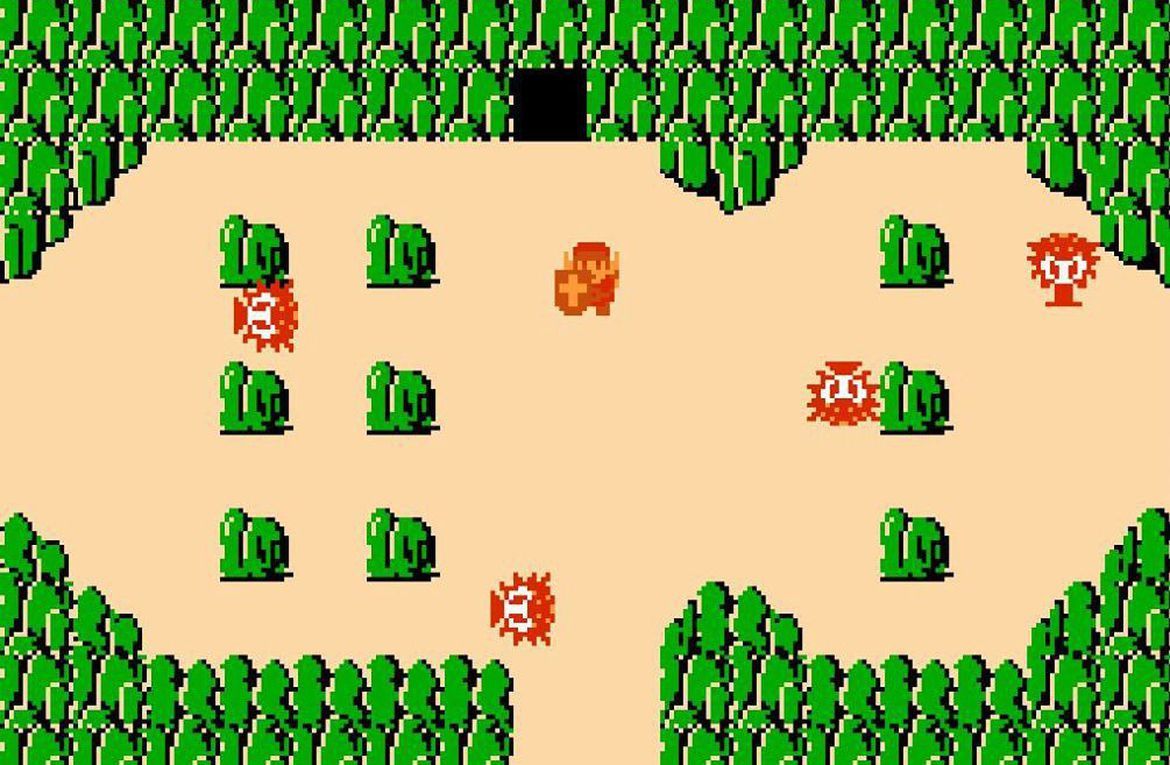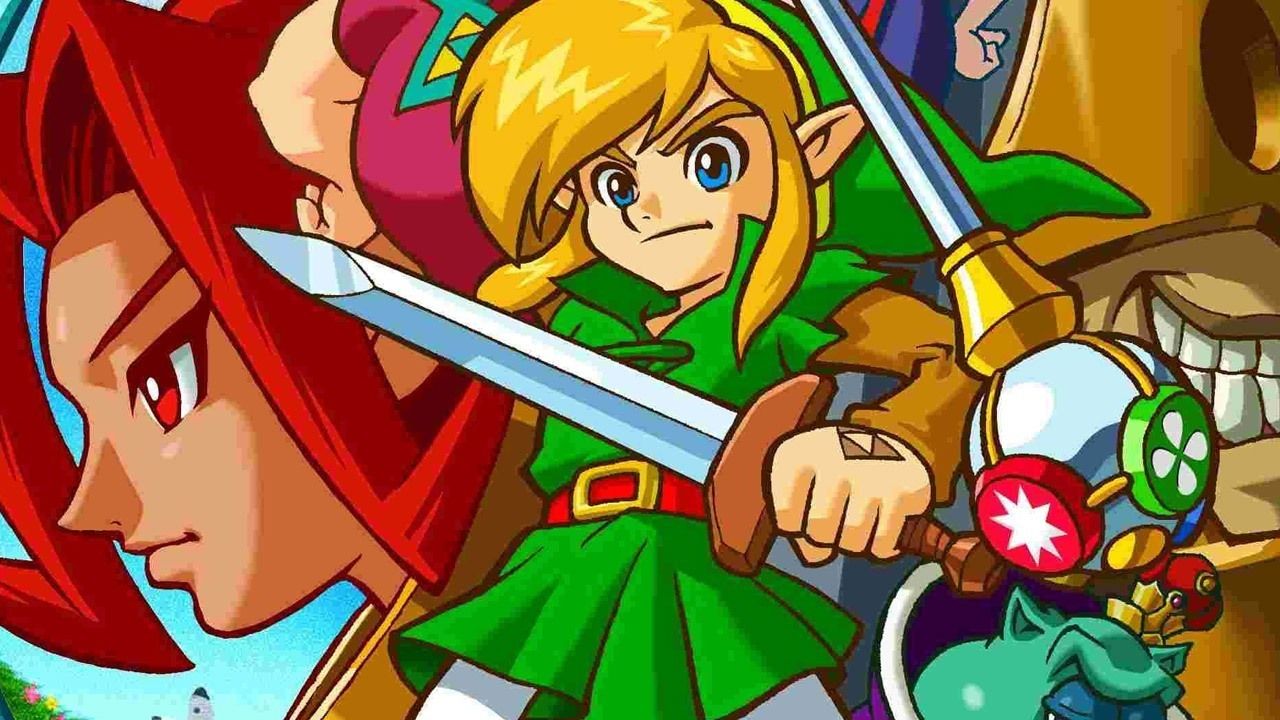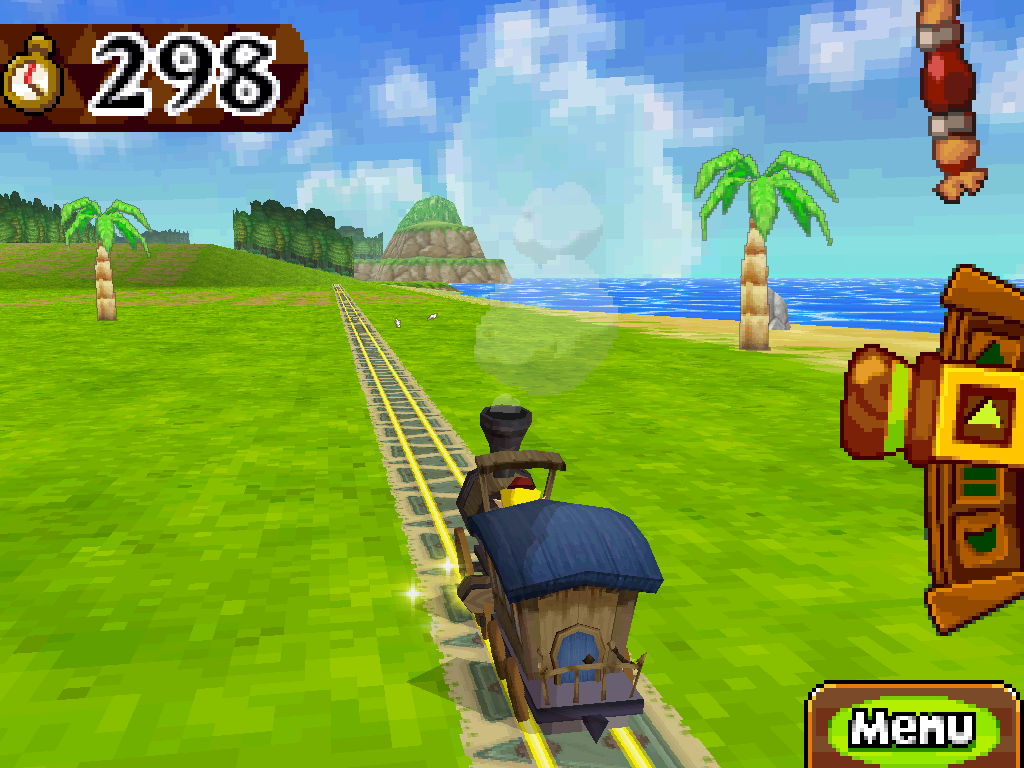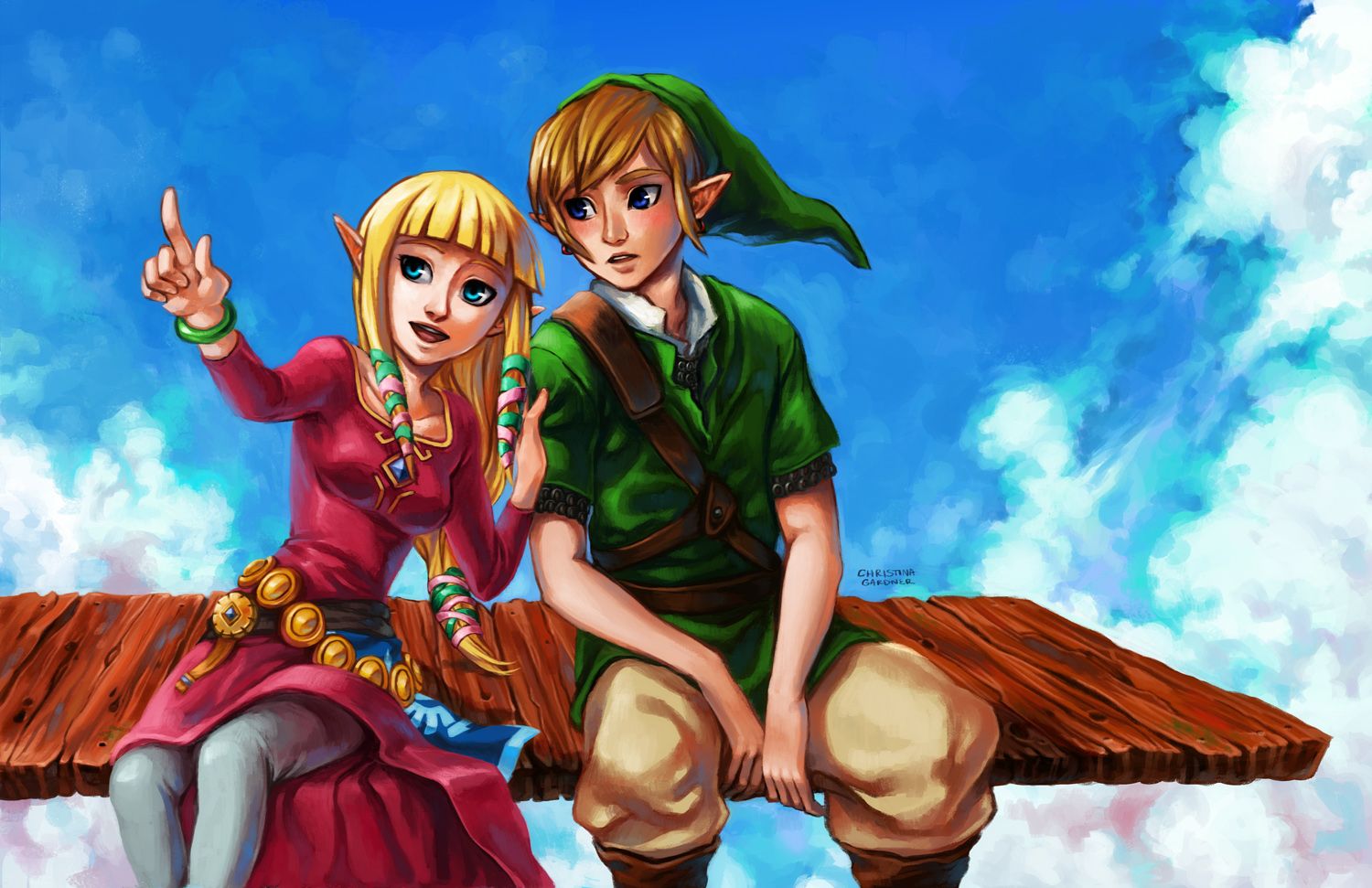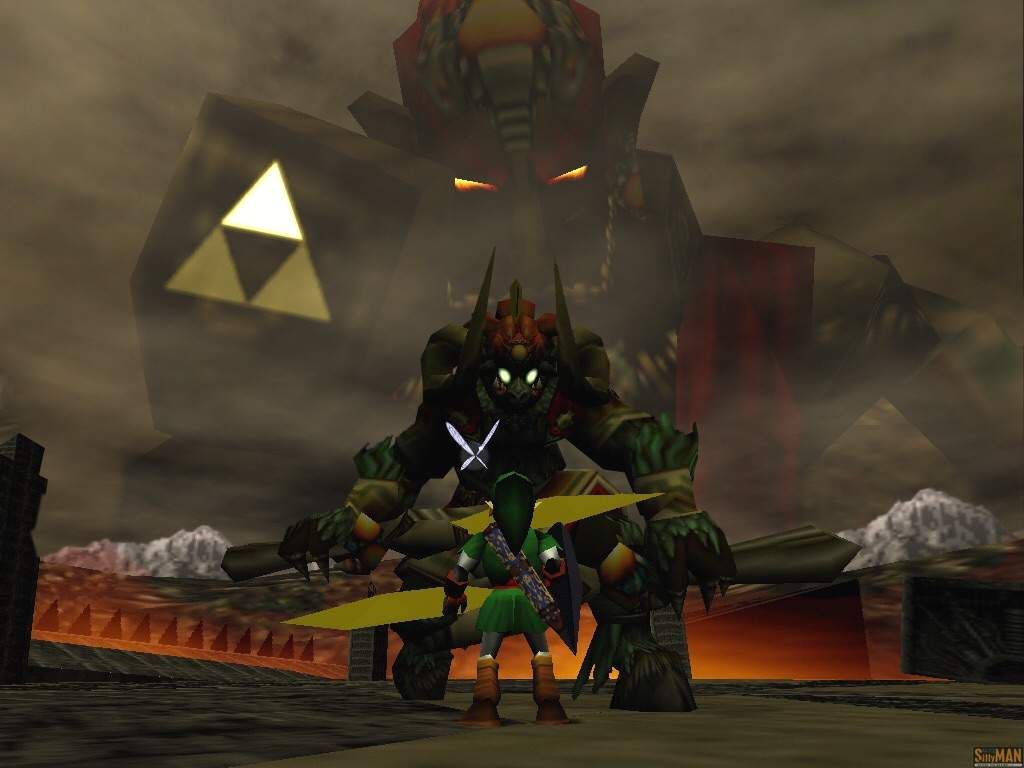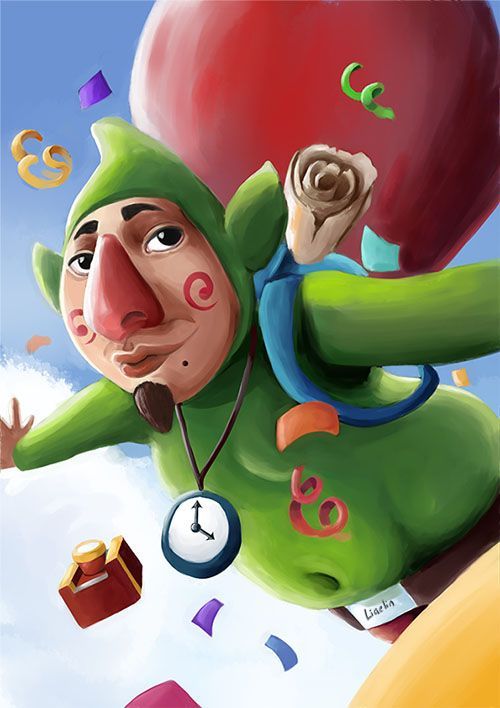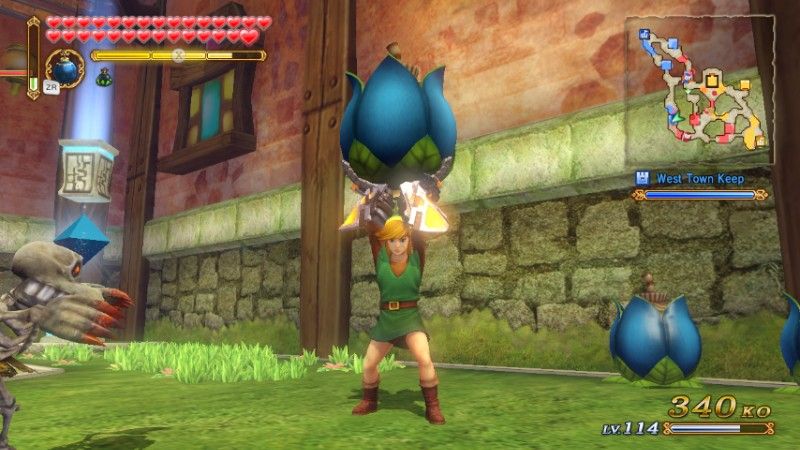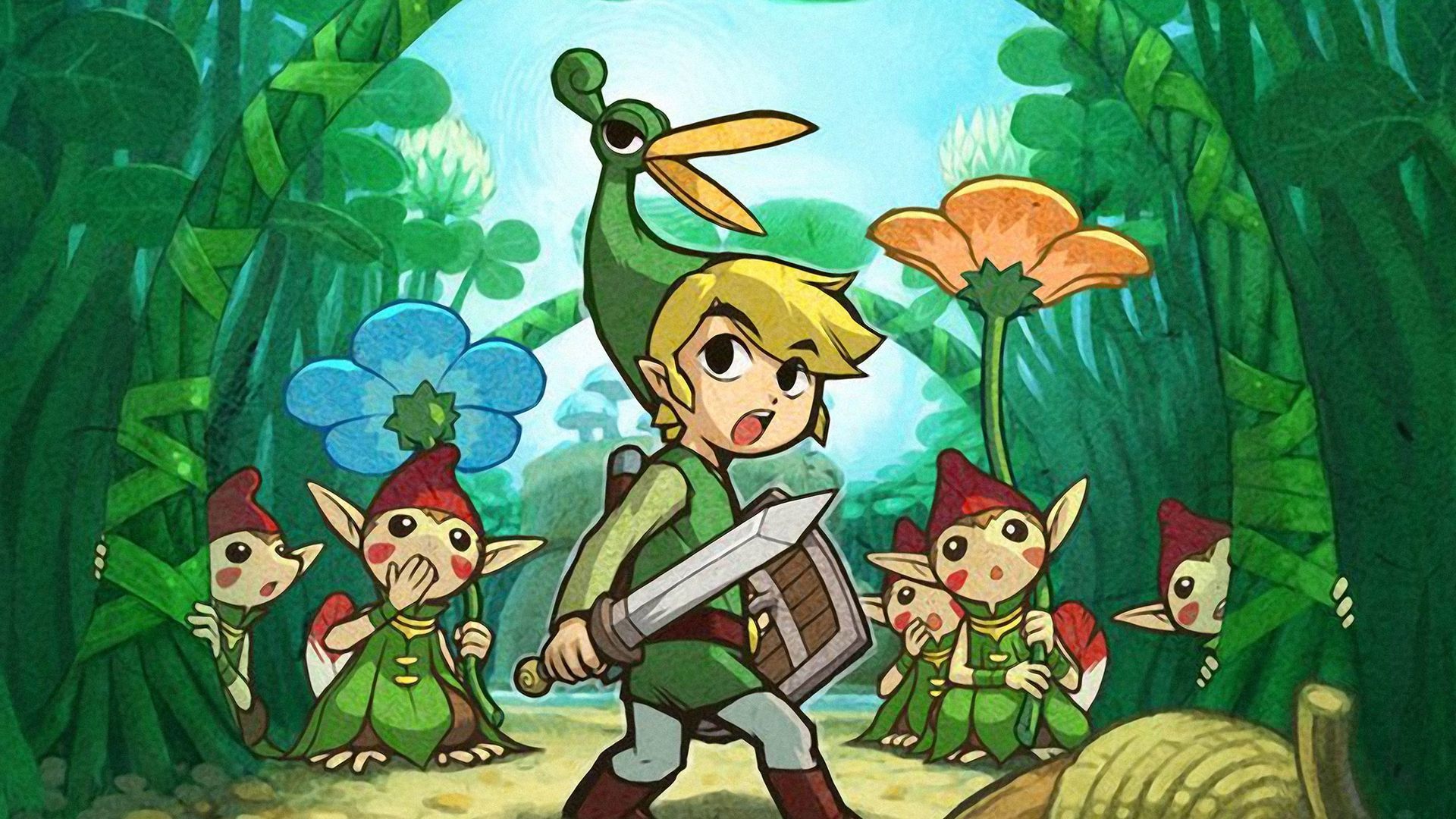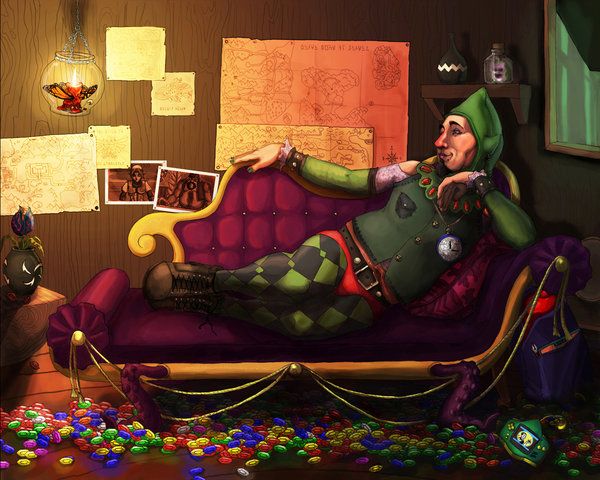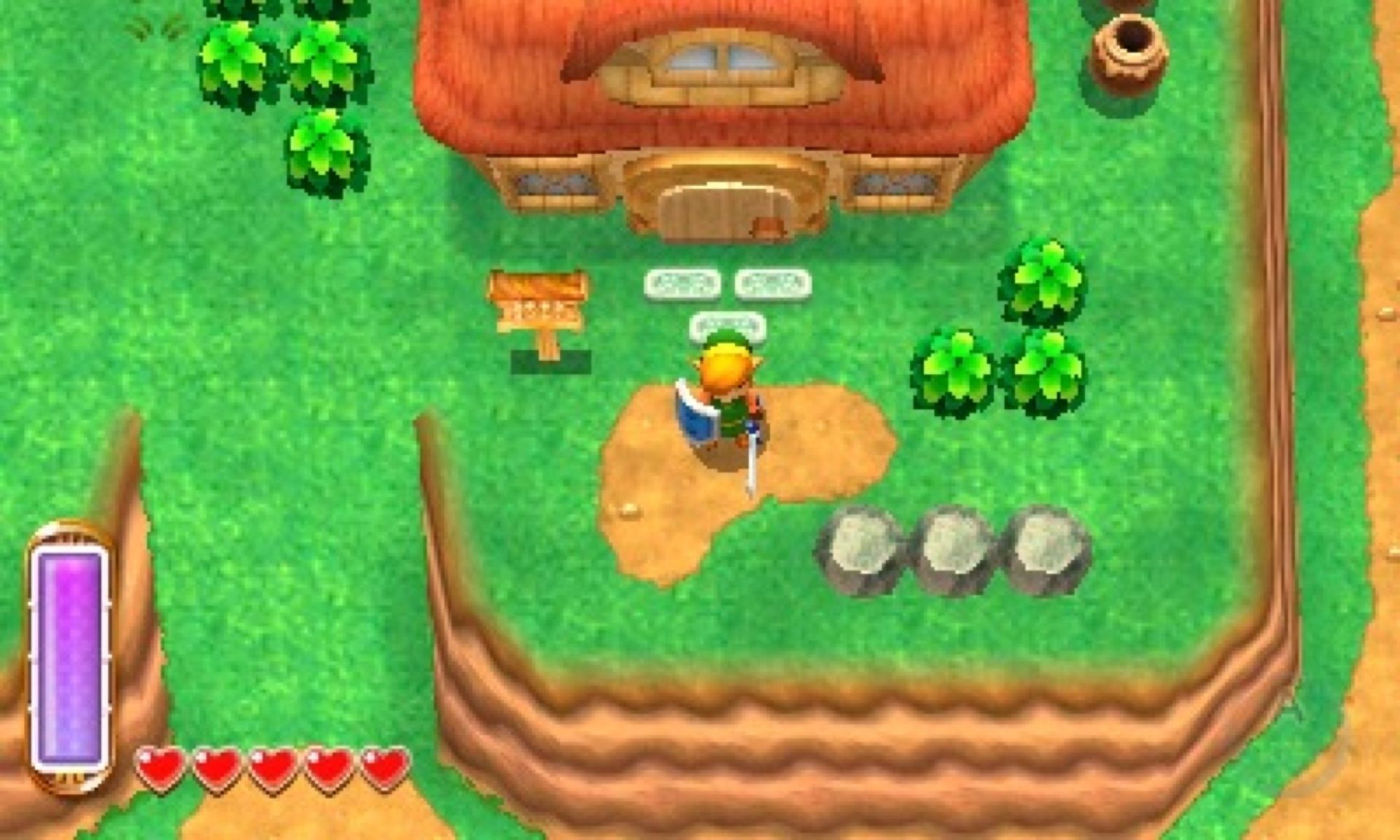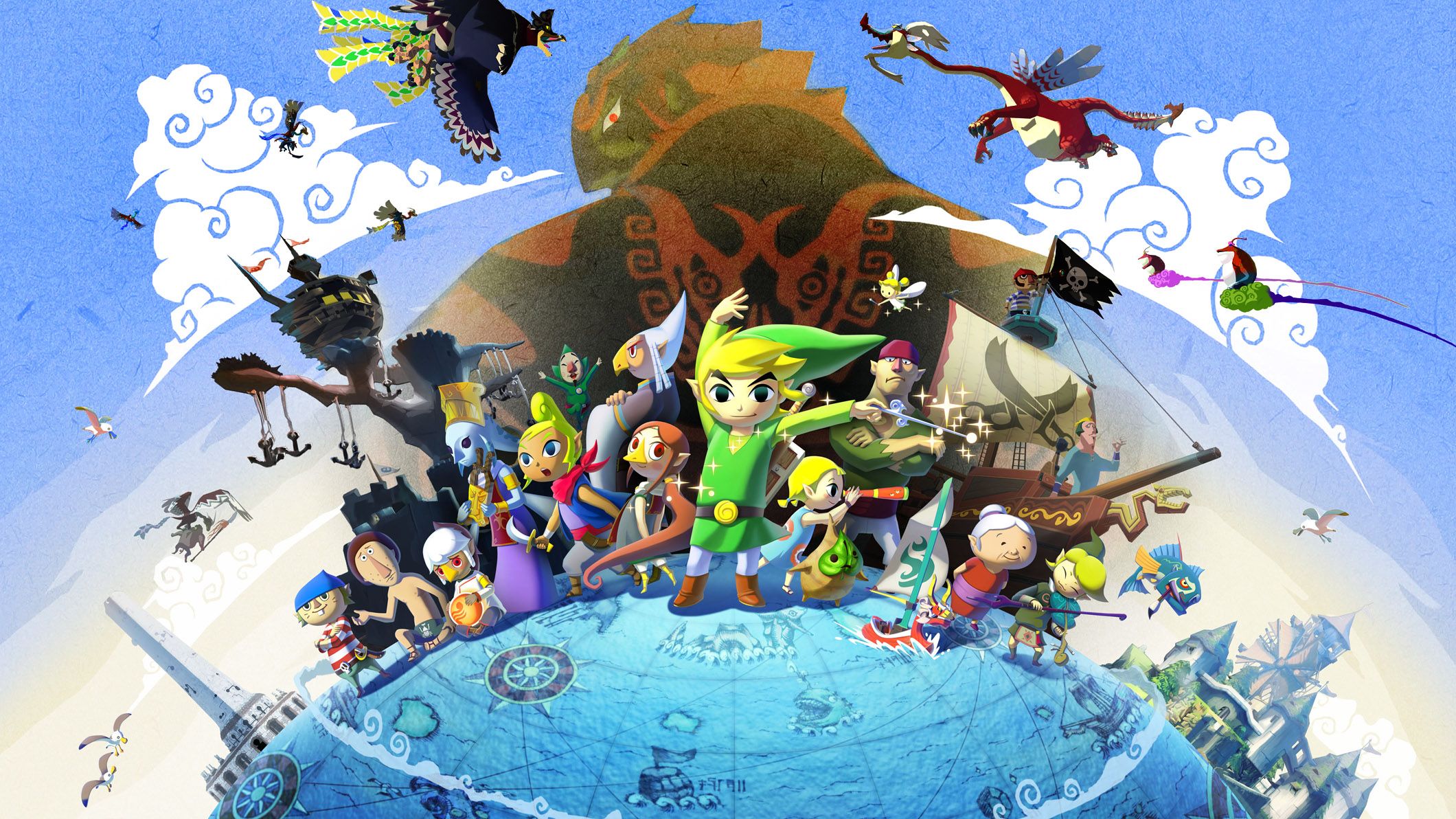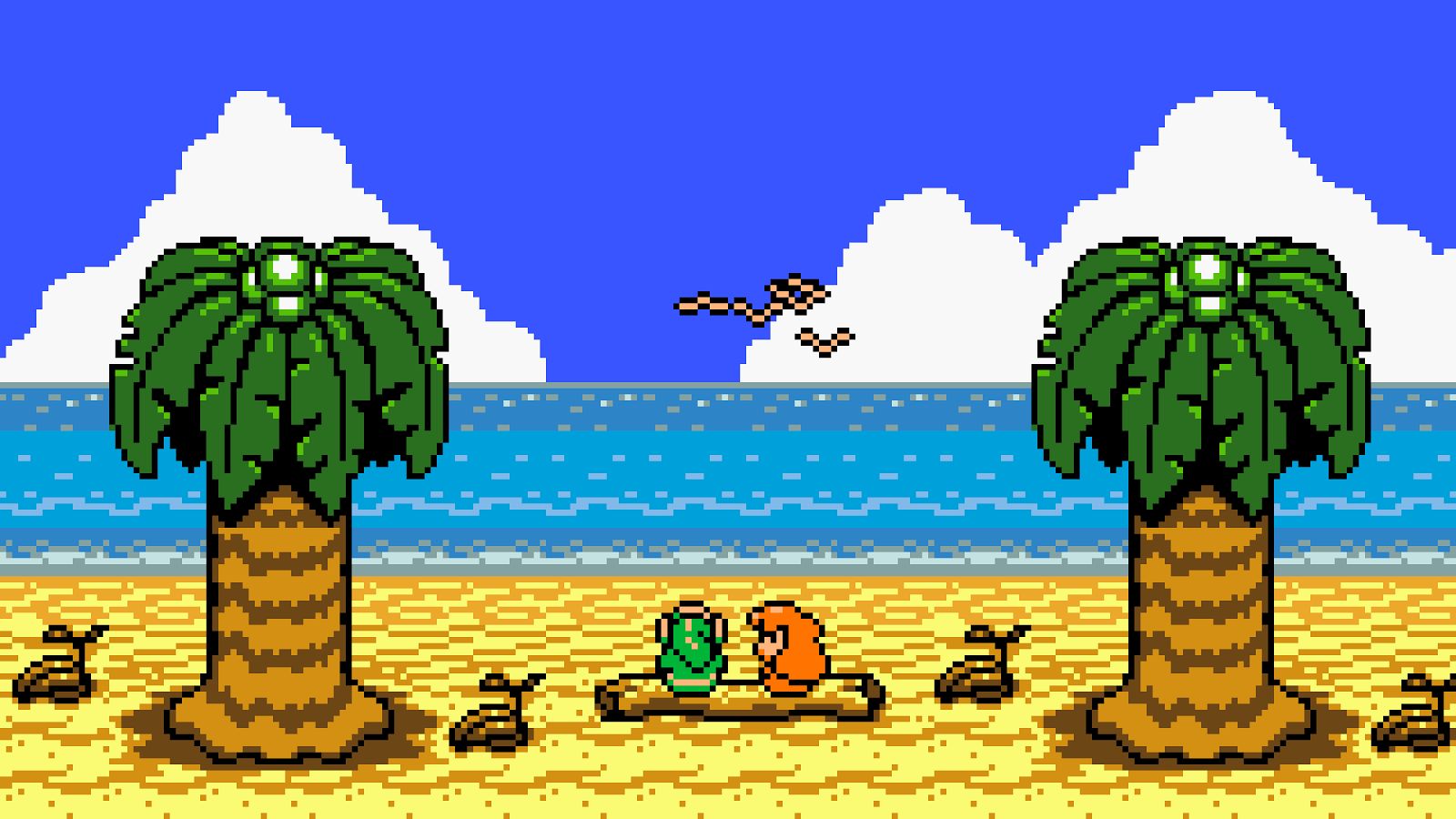A legendary series over three decades in the making, The Legend of Zelda has consistently put out higher quality titles than just about any franchise currently active in the video game medium. A Link to the Past, Ocarina of Time, and Breath of the Wild are all heralded as some of the greatest video games ever made. Whenever a new Zelda game comes out, it’s almost always met with hype that pays off, becoming a spectacle for gamers everywhere. Emphasis on “almost always.” For as consistently good as The Legend of Zelda is, it has not been immune to the occasional lack of quality.
At its best, The Legend of Zelda is a franchise that can change game development completely. At its worst, The Legend of Zelda makes you question how Nintendo ever managed to make so many strong games in the first place. With over thirty years of history, it really is only natural Zelda stumble every now and again. Thankfully, the majority of the series is worthy of the praise, but there are those few games that bog down the series’ reputation. Where does your favorite game land when ranked amongst the others? Did it reshape gaming as we know it? Or was it better left forgotten by time?
25 Any CD-i Zelda
What do The Faces of Evil, The Wand of Gamelon, and Zelda’s Adventure all have in common? They’re simultaneously the three worst games in The Legend of Zelda franchise, and easily three of the worst videos in existence. There is absolutely nothing worth praising about these atrocities.
With awful voice acting, clunky gameplay, and the worst aesthetic the series has ever seen, the CD-i Zelda games are a dark reminder of what once was. Thankfully, Nintendo refuses to acknowledge these games in any capacity. The CD-i was a horrible console in general, but you have to be truly horrific to end up with not one, but three bad Zelda games.
24 Tri Force Heroes
As a predominantly single-player franchise, The Legend of Zelda’s few multiplayer experiments have managed to garner quite a bit of fanfare due to the novelty alone. Tri Force Heroes, like Four Swords Adventures before it, was able to build up a considerable amount of hype thanks to its premise. The fact it would have online multiplayer certainly helped its case too. Unfortunately, Tri Force Heroes was not able to live up to its own hype.
Tri Force Heroes is mediocrity personified.
Featuring some of the worst puzzles in the franchise along with a truly horrific netcode, Tri Force Heroes fumbled out of the gate. Instead of using A Link Between Worlds’ foundation as a mean of creating a multiplayer experience that felt appropriately Zelda, TFH barely managed to create a functional multiplayer game full stop. It’s best played single player to avoid the headache, but good luck having fun like that.
23 Link’s Crossbow Training
Do you know what the worst part about Link’s Crossbow Training is? It was almost a proper side-game that would compliment Twilight Princess by placing TP’s Link into new, grand scale adventures. Unfortunately, Miyamoto wasn’t too keen on the idea of a big adventure and the development team was forced to recalibrate. Thus, Link’s Crossbow Training was born.
Honestly, LCT isn’t all that bad. Its major problem is just that it doesn’t feel like a Zelda game. It’s more a showcase of what the Wii can do in a first-person setting. It’s a fine enough way to burn through a couple of hours, but it won’t leave you feeling fulfilled in any capacity. Nintendo was better off making their side-game.
22 Phantom Hourglass
Phantom Hourglass is the series low point as far as traditional, single player Zelda games go. The touch controls leave too much to be desired, neutering the series’ combat in favor of puzzle solving; the puzzles, which should be the main focus, are mediocre at best and mind-numbing at worst; and sailing returns worse than it ever was in The Wind Waker.
Phantom Hourglass' key feature was also its greatest weakness.
To make matters worse, while Phantom Hourglass acts as a direct sequel to The Wind Waker, it features none of that game’s charm and even has the gall to model its story after the far stronger Link’s Awakening, resulting in an incredibly derivative adventure.
21 The Adventure Of Link
The Adventure of Link’s low ranking is perhaps expected given its reputation, but it’s not all bad. In actuality, Zelda II is home to some of the tightest combat in the series. Its action is genuinely skill based and requires a mastery of the mechanics in a way later games don’t. The Adventure of Link likewise features some genuinely engaging boss fights, a rarity for early 2D Zelda.
Unfortunately, Zelda II is also held back by weak dungeon design, a noticeable lack of puzzles, and a difficulty curve that seems to exist solely to punish players. Add in the need to grind after just about every Temple and it becomes hard to see The Adventure of Link’s positive quirks.
20 Four Swords (Original)
The most notable quality about Four Swords is that it’s near impossible to play nowadays. You read that right, The Legend of Zelda’s first multiplayer game is a genuine rarity. To play it, you either need to: own a minimum of two Game Boy Advances with a link cable and two copies of A Link to the Past; have downloaded it years ago on the DSi eShop; or downloaded it for that one weekend it was available on the 3DS eShop.
People would probably like this game if Nintendo just let them play it.
As for the actual game itself… it’s fine. The puzzles aren’t particularly engaging or difficult and it’s obvious the game was designed with four Links in mind. It’s possible to play it single player, you’ll likely need to if you own the 3DS version, but you’ll be hard pressed to get much enjoyment out of it. Four Swords is a novelty, nothing more.
19 Four Swords Adventures
As a video game, Four Swords Adventures improves upon just about every aspect of its predecessor. Stages are longer; puzzles are more engaging; the action is more varied, and the multiplayer adds in a far more competitive angle that makes gameplay a genuine treat. It’s not half bad single player, either.
Unfortunately, Four Swords Adventures is bogged down by the fact that it requires players to have their own Game Boy Advances and NGC to GBA adapters in order to actually play multiplayer. It is impossible to play Four Swords Adventures multiplayer with just regular controller. That alone is enough to nearly ruin the whole game.
18 The Legend Of Zelda
To this day, the original Legend of Zelda remains one of the most unique experiences available to players within the video game medium. Dropped into a world with no direction to speak of, players set forth wherever they choose, exploring Hyrule in its purest form. Text is kept to a minimum, the story is relegated to a title crawl, and the game is designed to stump you at every turn.
As a result of this design philosophy, however, The Legend of Zelda can be quite difficult to digest in general, not even in a modern context sense. This is a game that truly demands one’s patience, requiring players to try anything and everything to progress. It is at times convoluted and isn’t afraid to blocking Link right in his path. It’s a game best played with a guide, but it’s still a game worth playing at least once.
17 Oracle Of Seasons
Super fans probably won’t be too surprised to see Oracle of Seasons paired so closely to The Legend of Zelda. After all, OoS lifts quite a lot of influence from the original Zelda. Dungeons, bosses, and even the overworld at times mirror themselves off the first game. As a result, Oracle of Seasons ends up inheriting some of the original Zelda’s problems, but it’s not without some key strengths.
Oracle of Seasons is the most action-packed the 2D Zelda games get.
Most notably, Oracle of Seasons is arguably the most action-packed 2D Zelda in existence. At least pre-sixth gen. Link’s items are almost exclusively catered to combat and there are more than enough battle set pieces to keep players flowing from fight to fight. In general, OoS also just features a strong difficulty curve that rewards skillful play.
16 Spirit Tracks
Spirit Tracks is definitive, undeniable proof that if you mess up the first time around you can easily pick up the pieces the second. For as dreadfully awful as Phantom Hourglass is, Spirit Tracks is a charming sequel with great dungeons, engaging puzzles, and lore that ultimately serves to expand the series rather than regurgitate the same key points Zelda fans are already used to.
It’s not without its faults, mind you, as it still works off of Phantom Hourglass’ rather poor base. The touch controls are far from perfect and train travel isn’t much better than sea travel. There’s also the matter of the musical integration via blowing into the DS’ mic, a feat that’s genuinely difficult to pull off depending on whatever model you if. Even then, though, Spirit Tracks stands out as a creative, if flawed, Zelda.
15 Skyward Sword
Despite receiving universal critical acclaim at launch, time has not been particularly kind to Skyward Sword. Its motion controls, pacing, and even soundtrack have fallen under fire in the years following its release. It’s pretty much considered the poster boy for 3D Zelda at its absolute worst and, while it is indeed the worst 3D game, it is by no means a bad game.
The worst 3D Zelda is still a great game.
Even in the light of all its flaws, Skyward Sword manages to come out with some of the best dungeons in the entire series coupled with what most would consider the single best script. Link and Zelda have an actual, defined relationship. Link himself feels explicitly grows throughout the journey and the narrative comes to a satisfying, emotional close that few games can match.
14 Master Quest
What do you get when you take Ocarina of Time’s dungeons and make them incredibly hard? Master Quest, of course! A remaster of sorts of Ocarina of Time, Master Quest basically changes all the dungeons layouts while upping enemy damage to offer a far harder experience for series veterans.
It’s a great idea, and one that ends up quite fun in practice, but it’s not exactly exemplary of the Zelda experience. Master Quest exists solely for fans of Ocarina of Time, and newcomers to the series should perhaps avoid it. It also doesn’t help that MQ’s dungeons just aren’t as well designed as OoT’s. Even then, though, Master Quest is still a charming way of revisiting Ocarina of Time, if inferior.
13 Freshly-Picked Tingle’s Rosy Rupeeland
Chances are, unless you live in Europe or Japan, you haven’t played Freshly-Picked Tingle’s Rosy Rupeeland. Which is quite a shame since considering it’s actually one of the better games in the series. What Wario is to Mario, Tingle is to Zelda. Basically, a parody of the series, the first Tingle title features similar puzzle solving to the main series albeit with its own flavor.
You know you want to play it.
This is a game that exists to poke fun at the franchise and make audiences laugh. There’s not a moment that goes by without some kind of joke, whether it be textual or visual. Freshly-Picked Tingle’s Rosy Rupeeland is a humbling game in the franchise’s history, and one with more than enough love for the series to go around.
12 Hyrule Warriors
Speaking of love for the series, Hyrule Warriors is basically a walking love letter to anything and everything The Legend of Zelda. It isn’t a traditional Zelda game, mind you, falling firmly in the Warriors series, but it’s still a great game with tons of content fans will love to wade through. In many ways, it’s just a Zelda-fied action RPG. It lacks the series’ core design principles, but that hardly matters in the face of an otherwise strong game. All that great DLC certainly helps its case too.
11 Oracle Of Ages
It might be odd to see Oracle of Ages so high and Oracle of Seasons so comparatively low as they are effectively two halves of the same game, but Ages genuinely is the stronger of the two. Where Seasons focuses on combat, Ages places a heavy emphasis on dungeon design and puzzle solving.
Puzzle solving at its absolute finest.
As a result, Oracle of Ages winds up with some of the strongest dungeons in the entire franchise. Puzzles genuinely demand quite a bit of critical thinking from the player, and it’s never felt more rewarding to solve a particularly challenging brain teaser. On top of that, bosses end up acting as puzzles as well, meaning combat is still present, just in a unique way. It is perhaps far harder than its own good, but OoA is an underrated gem in the Zelda canon.
10 The Minish Cap
The last of the Capcom developed Legend of Zelda games, The Minish Cap is quite the title to go out on. Effectively encapsulating Capcom’s design choices from the Oracle duology and Four Swords, The Minish Cap is pretty much the ultimate trifecta of 2D Zelda. It features strong dungeons, even stronger swordplay, and a genuinely engaging narrative.
Interestingly, The Minish Cap was once the franchise’s origin point, taking place before every other game in the series. Through Ezlo, it sought to give a cute explanation to where Link’s trademark hat came from. Skyward Sword has since taking TMC’s role in the franchise, but it remains a charming tidbit in Zelda history.
9 Ripened Tingle’s Balloon Trip Of Love
A sequel to the first Tingle game, Ripened Tingle’s Balloon Trip of Love is more of the same, but far more polished this time around along with extreme. There’s something truly bombastic about Ripened Tingle’s Balloon Trip of Love that elevates it to another level entirely. The same core gameplay is there, and just as good if not better, but the comedy has been upped considerably. It takes the Zelda foundation and goes absolutely hog wild. Unfortunately, it was only ever released in Japan making it unlikely you’ll ever be graced with Tingle’s balloon trip.
8 A Link Between Worlds
For all intents and purposes, A Link Between Worlds is A Link to the Past 2 right down to featuring the exact same map and core gimmick from its sister game. It can be a bit disappointing going from ALttP to ALBW since the latter feels like it lacks an overworld identity, but it more than makes up for it with a focus on non-linearity.
In many ways, A Link Between Worlds is a 2D prototype for Breath of the Wild.
As soon as Link arrives in Lorule, players are free to tackle its dungeons in just about any order. They don’t even need to obtain the dungeon item as Ravio rents out items to Link from the overworld. As a result, A Link Between Worlds flows far better than most games. This does result in a rather non-present difficulty curve, but that’s a minor price to pay for freedom.
7 The Wind Waker
Of every game on this list, The Wind Waker is the one title that has managed to age the most gracefully. Its beautiful, block cel-shading has stood the test of time, giving it a truly timeless aesthetic. It isn’t a perfect game, granted, thanks to some of the weakest dungeons in the series, but The Wind Waker is so charming that it’s hard not to love.
It certainly helps its case that The Wind Waker has one of the strongest stories in the series and easily the best villain. Ganondorf is a legitimately sympathetic and understandable antagonist. His motives are clear and Hyrule itself is painted rather gray. On top of that, The Wind Waker’s core combat pushed the series forward with far more engaging swordplay than Ocarina of Time or Majora’s Mask.
6 Link’s Awakening
Have you ever wanted The Legend of Zelda to tackle classic themes of existentialism, delving into what it m and not only to be real, but to exist with meaning, merit, and worth? Probably not, but you’re going to love Link’s Awakening anyways. Easily one of the most narratively ambitious games in the series, Link’s Awakening seems like an outlier of sorts, but it also introduced an important style of storytelling for Zelda.
Just because it was a dream doesn't mean it wasn't real.
Starting with Link’s Awakening, the franchise brought greater attention to its writing. The villagers of Koholint Island were all unique with their own personalities and the story raised the stakes in a personal way, seeing Link need to end an entire world to save it. Link’s Awakening is an ambitious game that did more for the series than you likely realized.

